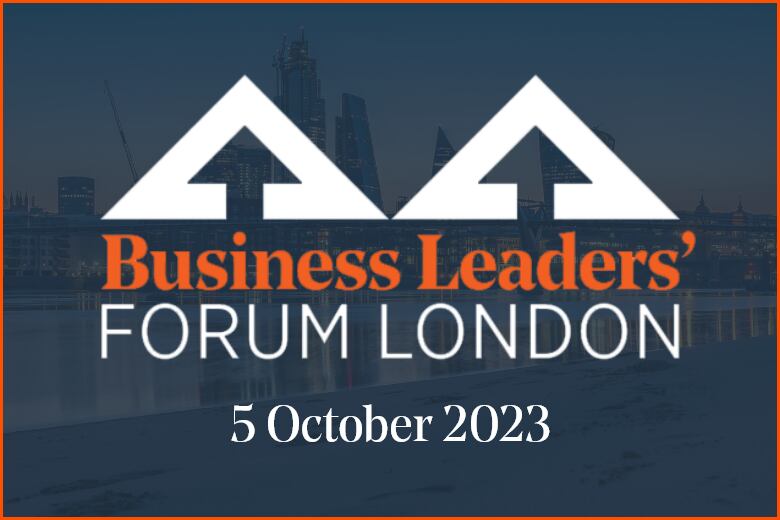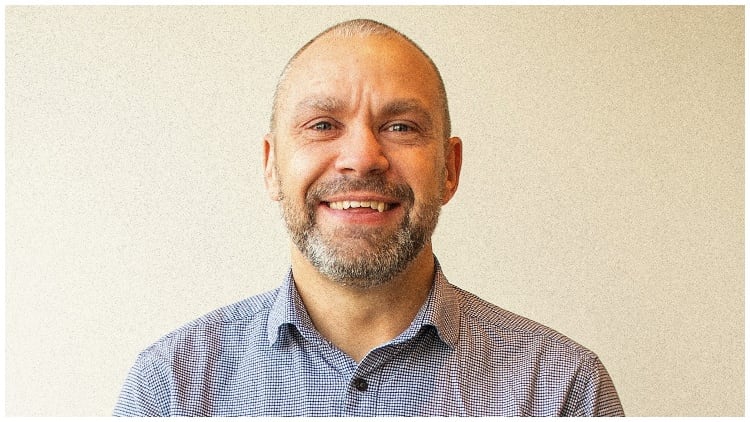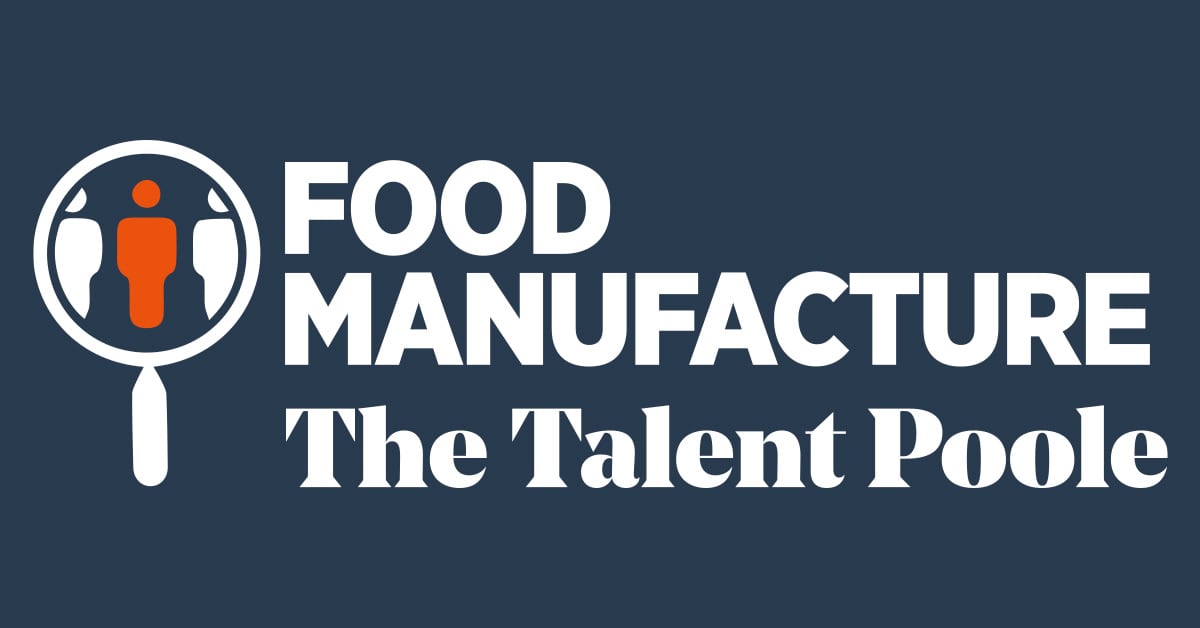Change within a business context should not be regarded as a discrete activity which has a beginning and an end. Of course, there are specific change management projects requiring well-defined goals, milestones, measures and deadlines. However, it is important to realise that in today’s business world, change is occurring all the time and affects the very essence of everything we do. Even the Greek philosopher, Heraclitus in the 6th century BCE wrote: ‘There is nothing permanent except change.’ When looked at in this context, the old mindset of considering whether the pace of change is greater than it has been in the past becomes somewhat meaningless.
What is clear is that all change needs to be for a purpose – to deliver a desired outcome. Campden BRI’s CEO, Pete Headridge, emphasised this and pointed out that effective change starts with having a clear and coherent strategy.
“Everyone in the business, but especially the leadership team, needs to be crystal clear about what the business is there to achieve – its purpose and vision and its three-year strategy. Everyone in the organisation needs to understand their part in achieving this,” he said.
Evolutionary vs. revolutionary
Change can be considered, on one hand, as either incremental or strategic (sometimes referred to as evolutionary vs. revolutionary) and, on the other, as either reactive or pre-emptive. Incremental, reactive change generally involves minor adjustments, typically as a response to market or other external impacts. Any pre-emptive change however (whether incremental or strategic), should be an integral part of the business plan.
Bringing people with you
Whatever the nature of the change, Headridge emphasised that people need to understand why the change is being made: “For me, once the ‘what’ has been defined in clear, non-jargonistic language, it’s critical that people understand and buy into the ‘why’. They need to fundamentally understand the need for change and, therefore, why they can’t just keep doing what they’re currently doing. Ideally we want them to become ambassadors for the change being introduced.”

The significant changes in working practices and arrangements brought about by Covid was a good example of this, as Headridge reflected: “It’s interesting that the need for change during Covid was a no-brainer – everyone just got it. We didn’t need to even explain the ‘why’. As a result, our focus could be solely on ‘how’ we would deliver the changes needed. These new flexible ways of working are now a fully accepted part of the way we work.”
Communication, communication, communication
As is the case for so much of leadership, the key to delivering any change revolves around effective communication. This has to be frequent but relevant and targeted to those affected. Where there is a lack of relevant information, people will inevitably fill in the ‘missing pieces’ with their own assumptions or versions of reality. Headridge agreed: “It’s critical to bring people with you and keep people involved throughout, rather than leave them feeling put upon. I think it’s a mistake to just cascade to direct reports and then assume it will filter down. Using ‘townhalls’ can be a very effective way of communicating directly with people – it enables direct communication and encourages great two-way exchanges.”
Headridge also stressed the need for flexibility in communication: “It’s important, when communicating, to consider a range of different approaches to accommodate a variety of demographics. Townhalls are a great option, especially for businesses of, say, under 1,000 people. But I have also used a variety of other channels such as sending out quick online updates. In my previous roles I used to like to get down on the factory floor to talk to people directly.”
Managing people through the change curve
The most often cited theory when considering people’s reactions to change is the Kübler-Ross change curve. What many don’t realise is that this was originally developed to describe and understand individuals’ responses to grief. This has now been adapted to describe the psychological process people go through when faced with change within the business context. The most commonly used stages are described as:
- Shock
- Denial
- Frustration
- Depression
- Experiment
- Decision
- Integration
The latter three stages being more positive stages, hopefully leading to acceptance.
About Peter Headridge
Pete Headridge is the CEO of Campden BRI. In his early career, he took a position with Raines Dairy Foods in London as a trainee manager in research and development, working in the soft cheeses, yoghurts and dips plant. At the same time, he started volunteering with a local paramedic organisation.
He maintained a dual career track for a while, before moving from dairy to sugar and from Raines to Cargill in Manchester. He also switched from being a paramedic to a special constable on a volunteer basis in the police.
As his career in Food Science expanded, so too did his opportunities in the police and at the crossroads he chose to pursue food science – and never looked back.
Back in 1998, Headridge got the opportunity from Kellogg’s to work as a quality officer in food safety at a Manchester plant. From there, he covered a sabbatical in consumer affairs and this moved him away from science for a while and into learning how our consumers think. He also worked in innovation marketing as a brand manager for snacks. During this time, he took on long distance studies at Durham University where he secured an MBA.
After innovation marketing it was back to food science and he progressed through several European R&D roles based in Talbot Road, Manchester between 2006 and 2008. It wasn’t long before he headed to Battle Creek to the WK Kellogg Institute, where he worked as a global director for ready to eat cereal, leading on initiatives such as the Global Sugar and Sodium Reduction Programmes and on key brands such as All Bran and Special K.
Headridge returned to the UK in 2011, working again in research and technology, this time in launch programme management; and then in 2012 he became VP of research, quality, nutrition and technology.
Finally, in January 2020, he took on the role of Chief Operating Officer at Campden BRI, before assuming the role of CEO the following year.
While this model may help explain peoples’ reactions to change, there are two major issues to consider when using it. The first is that it infers that individuals going through the change are largely passive recipients. As Headridge described earlier, it is far more effective to actively involve people in the process. The second point is that the model is often regarded as a linear process where people only ever move forward through the stages until they ultimately reach acceptance. In reality, people may either get stuck at a particular point or even potentially go backward to earlier stages. Headridge reflected on this: “The hope is to have everyone on board but, inevitably, there will be times when someone is resistant to change or is finding it difficult to cope. It’s important to help get these people on board, which often means having to return to a conversation to explain the ‘why’ again.”
Using external help
When it comes to managing a change programme, this can either be undertaken internally or involve the use of experienced project/programme managers. Headridge commented: “Both these options can work. Ultimately, the delivery of the change itself is likely to be undertaken by those within the business. However, an external programme manager has the advantage of providing a fresh pair of eyes and ears. They can play an incredibly important role as the conductor of the orchestra. Being a step removed from the business activities also means they are more able to ‘see the wood for the trees’. That said, it is important to ensure those within the business don’t start to think ‘what do they know’ – it’s back to the key issue of involvement.”
Monitoring progress
It is clearly critical that any change programme, however big or small, is monitored against a set of well-defined goals and milestones and that these are then mapped back against the strategic plan to ensure the original desired outcomes are achieved. Headridge was pragmatic about this: “This can be a simple as a crude thermometer-style graphic or a highly detailed dashboard of indicators. What is important is that these are effectively communicated so that people can easily see the progress. Linked to this, of course, it’s important to celebrate success – not just at the end but throughout the process. Being able to celebrate some early quick-wins can really help to demonstrate progress and bring people on-board.”
Of course, not all change results in a successful outcome and it is important to acknowledge and learn from any failure. Headridge agreed: “In my opinion, the failure of change programmes often comes down to a lack of effective communication and not engaging with those responsible for the delivery of the change. We must use these failures to learn for next time.”
Rather than finish on the subject of failure, I will conclude with a couple of inspiring quotations on the subject of change leadership. The first is from the great business guru, Peter Drucker: ‘The greatest danger in times of turbulence is not the turbulence – it is to act with yesterday’s logic.’ The second, from Peter Senge, sums up it all up neatly: ‘People don’t resist change. They resist being changed.’




